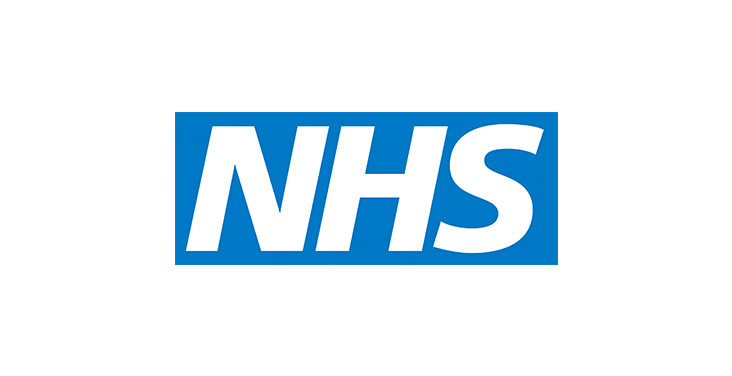
The subject of this case study is a large Acute Trust which provides secondary care services to a catchment population of approximately 500,000, and specialist services to a catchment population of between 1.05 million and 1.25 million (varying by service). The Trust is an accredited Trauma Centre, Cardiac Centre and Cancer Centre and a University Teaching Hospital. Services are delivered across two hospital sites and the current bed complement totals 1,558 beds. The Trust employs approximately 6,500 whole time equivalent staff and has an annual turnover in excess of £400 million.
In 2005/06 the Trust was facing a number of challenges with regard to the production of clinical correspondence:
- The use of analogue tape recorders and transcription machines was outdated and inefficient.
- Recruitment of trained and experienced medical secretaries was becoming more difficult as a result of shortages in the local job market and the cessation of the medical secretary training course at the local College, occasioned by a lack of interest from local school leavers.
- Expenditure and vacancy controls had contributed to the shortfall in medical secretaries.
- Delays were being experienced in the production of patient letters, thereby posing a potential risk to patient care.
- Under Payment by Results, delays in production of patient letters could result in the Trust losing income.
It was therefore necessary to find a more cost effective means of producing clinical correspondence. A tendering exercise was undertaken which included a wide range of options, including: digital dictation, speech recognition technology and outsourcing of transcription services.
Following a comprehensive appraisal of the technological, quality and financial benefits of each of the options and of the tender submissions made by the suppliers, G2 Speech was awarded the contract to supply a flexible digital dictation and speech recognition system utilising Philips hardware and Nuance.
The project included all medical and surgical specialties and began in November 2007 with the roll out to Cardiology, followed by Respiratory Medicine and Infectious Diseases. The project plan involves implementation in 38 specialties over an 18-21 month period involving over 500 authors and 280 secretarial staff. The extended period of the roll out has ensured that appropriate training and support can be given to each specialty and also allowed the Trust the opportunity to spread the cost of investment across three financial years.
The G2 Speech system provides a range of options for the production of clinical correspondence, including digital dictation, server-based speech recognition (where the server converts the spoken word into text) and desk-top based speech recognition (where the author sees the spoken word appearing on the screen in front of them and makes his/her own corrections).
To ensure a successful implementation programme, the Trust invested in dedicated project management time through the appointment of a Project Manager, Training and Support Officer and additional IT support.
In addition to achieving quality benefits, investment in the new technology was also linked to the achievement of revenue savings.
Across the Trust as a whole, it was felt that some 30% of medical secretarial time could be released as a result of the implementation of speech recognition and integration of the G2 Speech software with the Trusts Patient Administration System.
This was evidenced by a validation exercise undertaken in 2006. Over the 5 years, it was expected that the Trust will achieve £3.9 million (gross) in revenue savings as a result of a reduction in secretarial establishments. This reduction will be achieved through existing vacancies and the redeployment of staff where necessary. Staff side representation has been involved in the project throughout and a commitment was given that there would be no redundancies. This commitment has been achieved and, as the G2 Speech system becomes embedded throughout the Trust, these financial savings are being realised.
During implementation, some services have taken the opportunity to review and restructure their secretarial services and to create new roles to meet service requirements.
Project Requirements
- Poor sound quality and distortion from background/environmental noise.
- Voice files can be accidentally deleted or lost
- Slow process for creating documents
Project Outcome
- Excellent sound quality that does not deteriorate over time
- Allows prioritisation of urgent dictation by work types and urgency
- Dictation available for transcription within minutes of downloading to the system
- Improved turnaround times from dictation to transcribed correspondence (fastest turnaround has been four minutes)
- System meets all Data Protection requirements.

